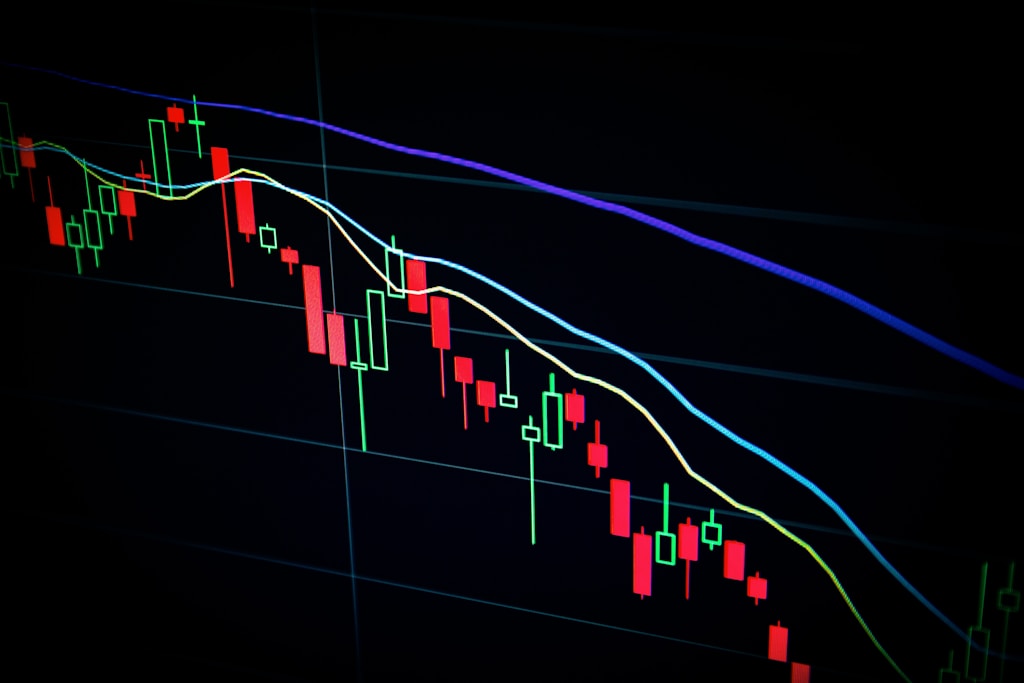Ethereum (ETH) continues to show strength above the critical $2,500 support level, as Bitcoin’s surge to $112,000 drives broader market momentum. The second-largest cryptocurrency has gained an impressive 55% since early May, though it still lags behind BTC’s historic rally.
Technical Analysis Shows Critical Price Levels
According to prominent analyst Daan, ETH is currently consolidating between $2,400 and $2,600, with bulls defending the crucial $2,500 support zone. This range-bound action suggests accumulation, though a decisive break above $2,700 is needed to confirm bullish continuation.
Key Support and Resistance Levels
- Strong support: $2,400
- Current consolidation: $2,400-$2,600
- Key resistance: $2,700
- Major target: $2,850
- Psychological level: $3,000
Technical Indicators Signal Strength
The 200-period moving averages at $2,077 (SMA) and $2,199 (EMA) remain well below current prices, confirming the bullish market structure. Volume analysis shows increasing buy-side pressure, suggesting accumulation during this consolidation phase.
FAQ
When will Ethereum break out of its current range?
A breakout could occur once ETH convincingly closes above $2,700 with strong volume confirmation.
What’s the next major target for ETH?
After breaking $2,700, the next significant resistance lies at $2,850, followed by the psychological $3,000 level.
Is ETH likely to follow Bitcoin’s rally?
Historical patterns suggest ETH often follows BTC’s major moves with a lag, making a potential breakout more likely as Bitcoin maintains strength.





